March 23 is "National Puppy Day," which was started in 2006 by dog lovers in the US to honor the cute furry animals that bring joy and happiness to humans.
Here, The Korea Herald looks at the lives of five different kinds of pups in South Korea.
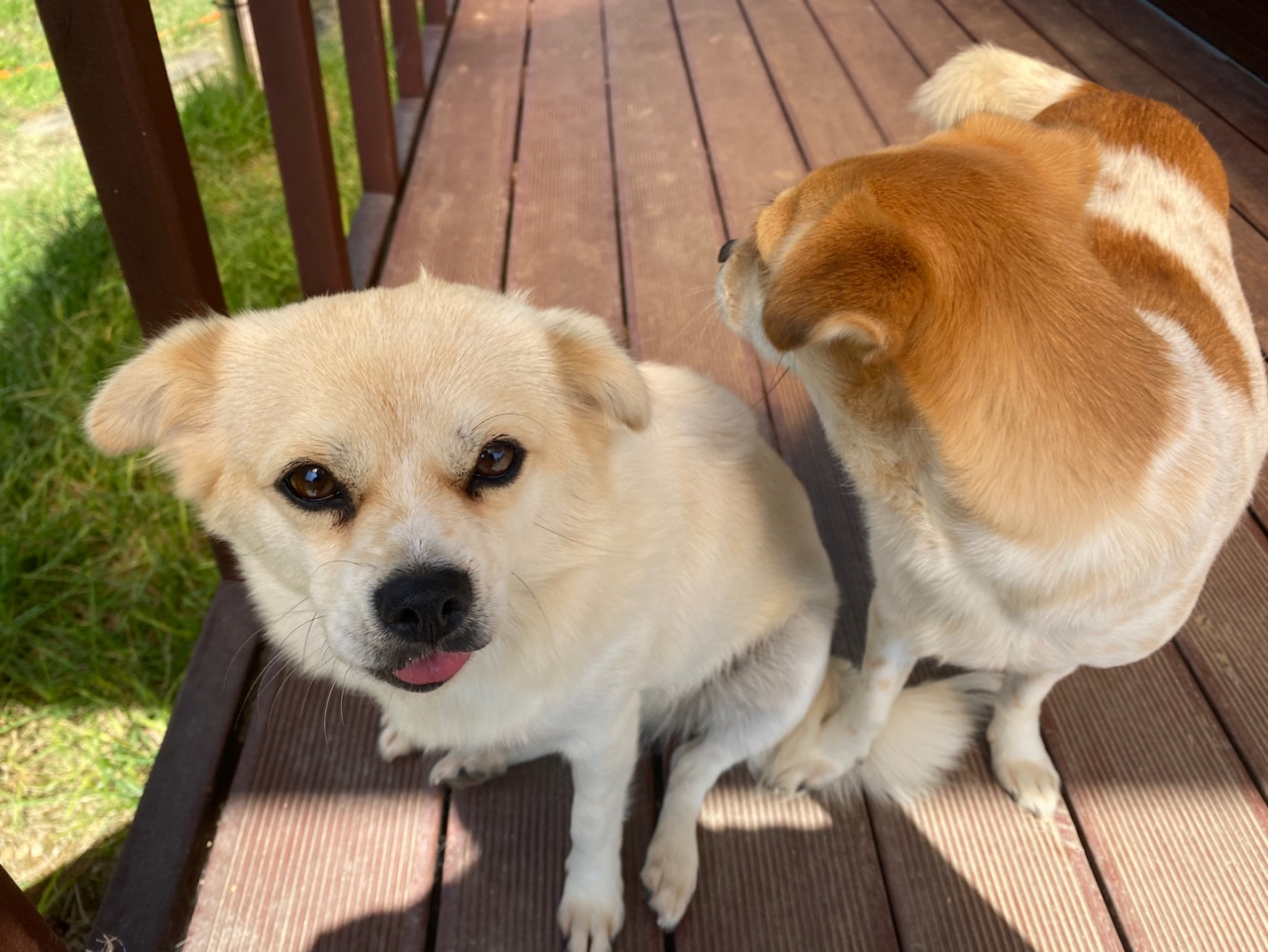
1. Pet dogs
The daily lives of puppies in loving and caring homes in Korea revolve around one important routine – walking with their owners.
As many Koreans live in apartments, which often lack outdoor space, regular walks are crucial for the well-being of these furry companions, providing exercise, stress relief and other health benefits. Also, regular visits to the vet for vaccinations and check-ups are a common practice.
Some dogs, whose owners are often not home due to work or other commitments, may attend daycare centers or schools for training, socialization and extra care.
Some lucky ones even get to join their owners on vacations at pet-friendly hotels and resorts.
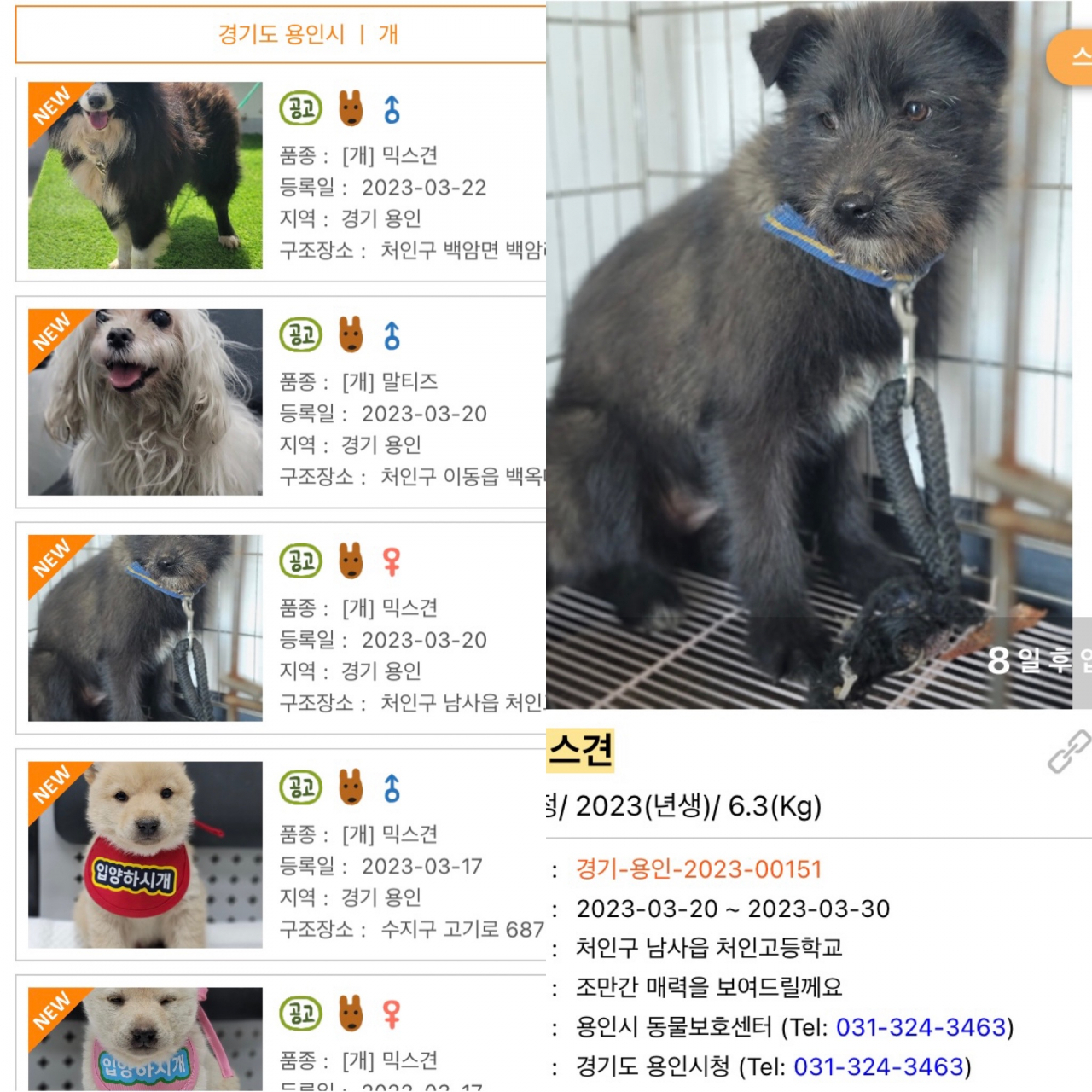
2. Homeless dogs
Some companion dogs end up as stray dogs after being abandoned by their owners.
In 2021 alone, at least 84,000 abandoned dogs were picked up by 269 animal shelters across Korea, the latest government data shows.
At such shelters, they are often faced with a ticking clock as they wait for a new owner. If they are not adopted within an average of 10 days, they may be subjected to euthanasia.
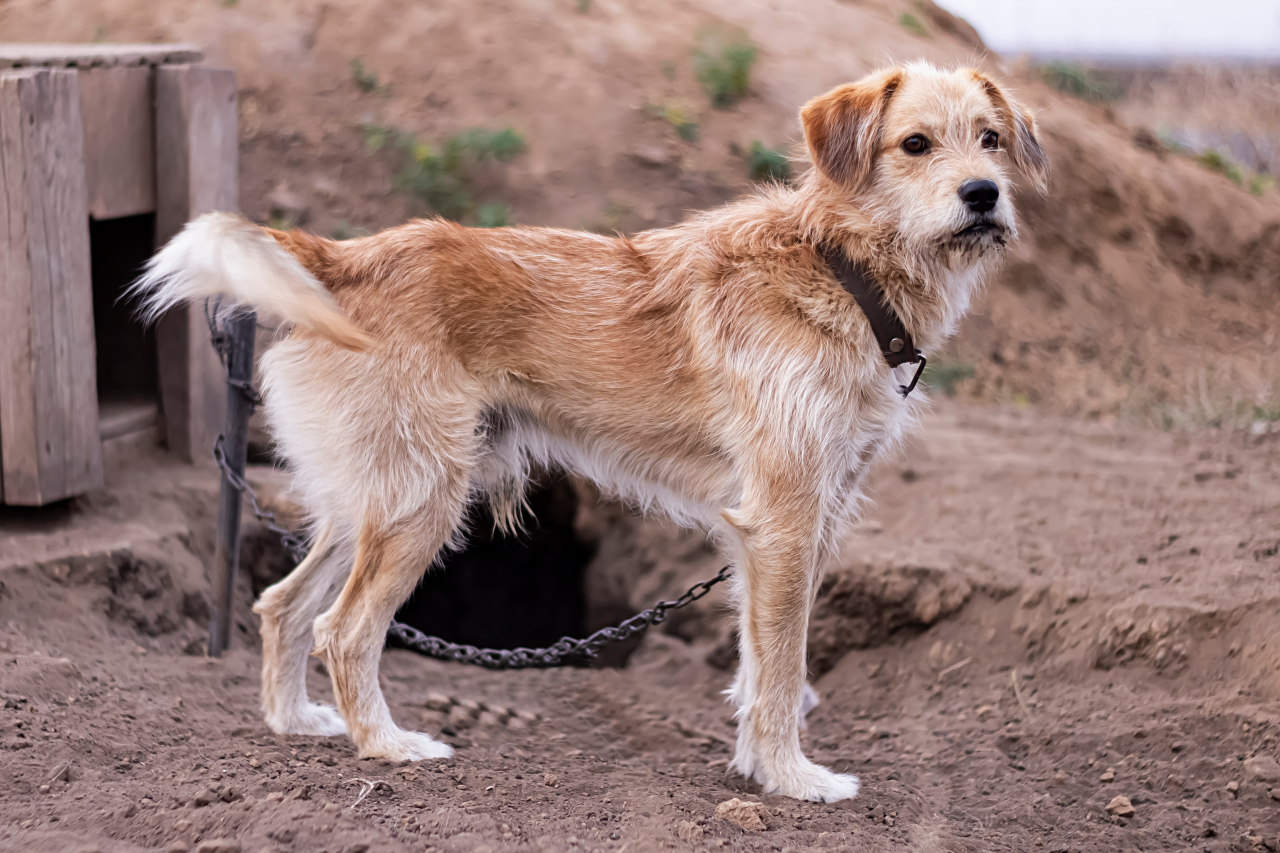
3. Rural dogs
While city dogs live with their owners indoors, many dogs in rural areas don’t. Many are kept on short leashes that extend only approximately one meter from their doghouses, earning them the nickname, "1-meter dogs."
Some unfortunate ones might never be allowed to explore the world freely, always being bound by their leash. In many cases, they might be fed leftovers from their owner’s meals instead of dog food.
These dogs are typically mixed breeds and never receive veterinary care. Their sole purpose is to guard their owner's house or property 24/7.
Some rural dogs, on the contrary, are never tied to a leash at all, freely roaming around the village and coming to their “homes” only for meals.
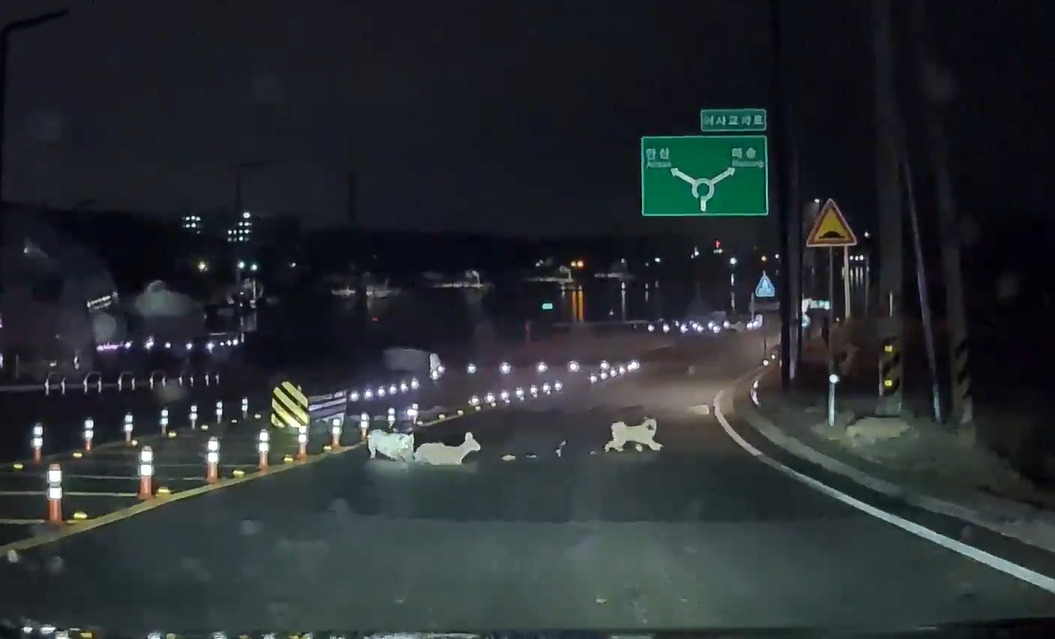
4. Wild dogs
If an abandoned dog fails to be found by animal shelters, they sometimes join a pack of wild dogs. There are reportedly more than 2,000 wild dogs in Korea’s southern resort island of Jeju alone.
Last year, news reports said the packs constitute a growing threat to Jeju residents. They constantly attack domesticated animals like chickens, goats and cows, and sometimes humans who are trying to protect their livestock.
Jeju is known as the place where the most abandoned dogs in Korea can be found. Some 4,500 dogs were abandoned and rescued on the island in 2021, compared with the 3,422 that were rescued in Seoul the same year.

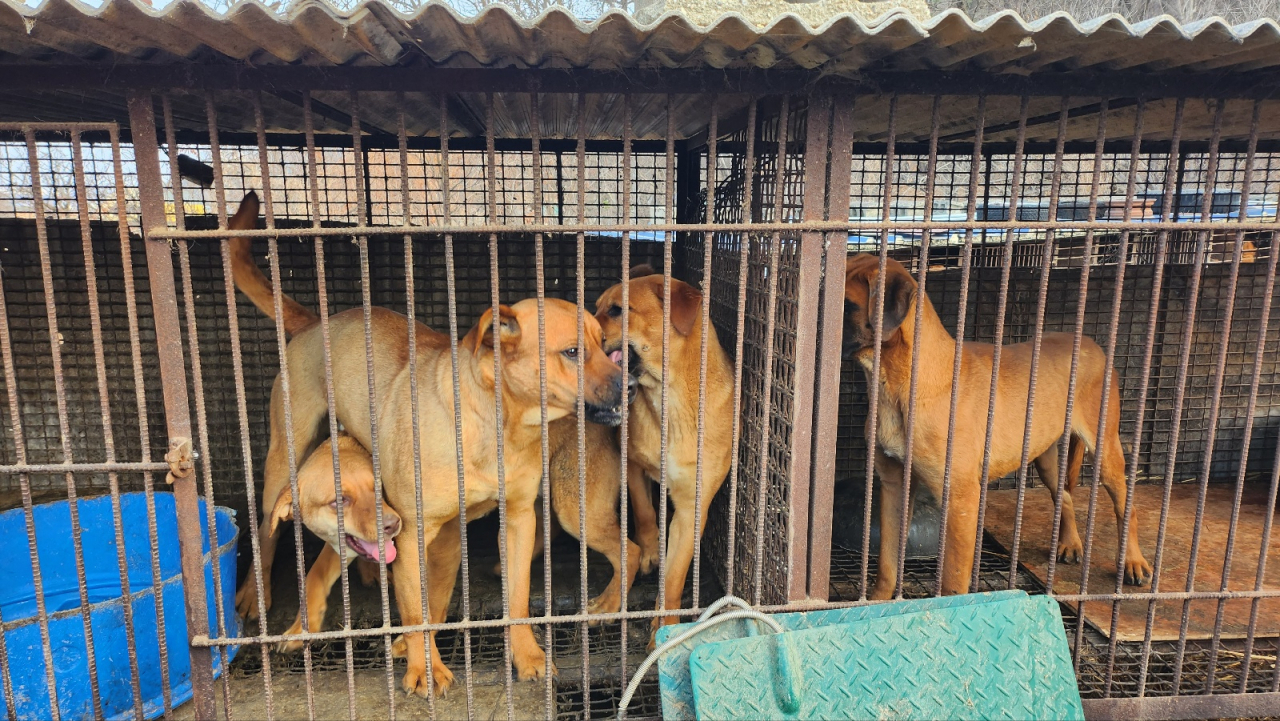
5. Dog farm dogs
The most unfortunate lives of all are those lived by dogs on dog farms here. There are some 520,000 dogs being bred for the sold purpose of consumption on 1,150 farms across Korea, recent government data shows.
In particular, if such dog farms are illegal, the dogs are trapped in small cages in which their bodies can barely fit and are fed with food waste until they are slaughtered.
Animal rights activists are continually trying to halt the operation of dog farms and rescue the dogs.



















![[Today’s K-pop] Treasure to publish magazine for debut anniversary](http://res.heraldm.com/phpwas/restmb_idxmake.php?idx=642&simg=/content/image/2024/07/26/20240726050551_0.jpg&u=)